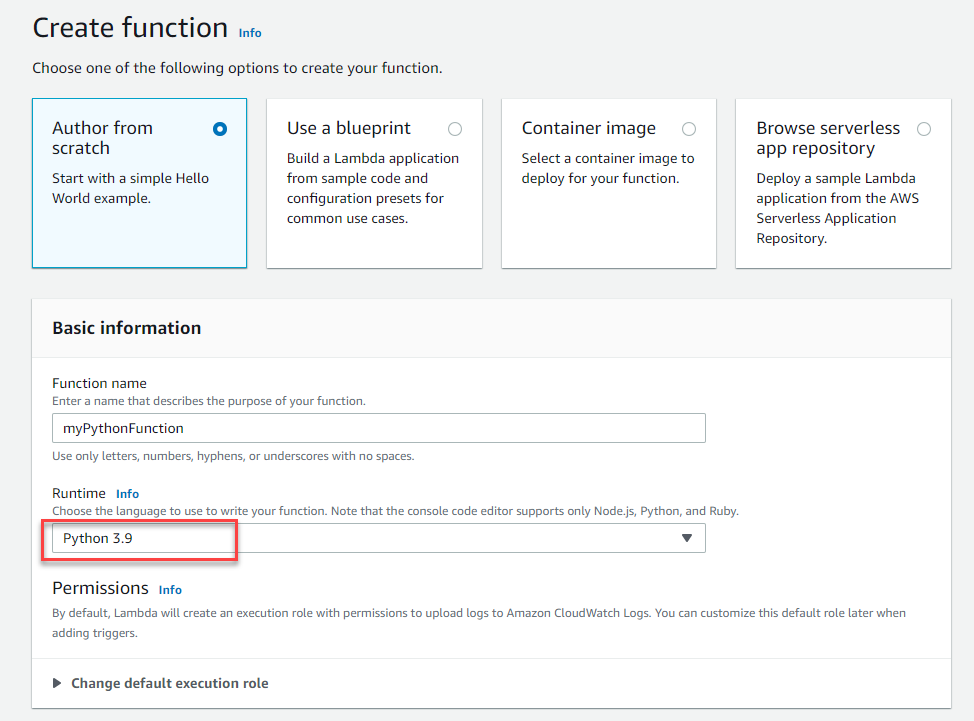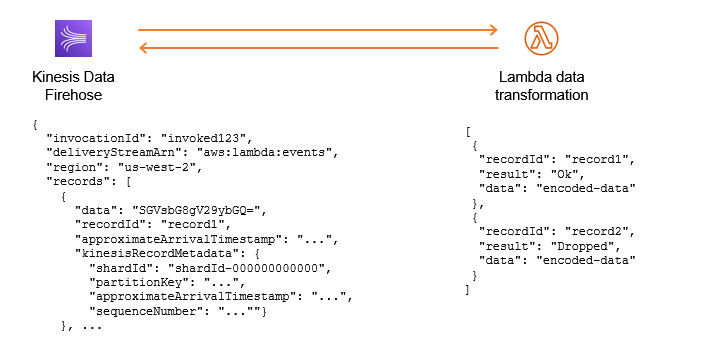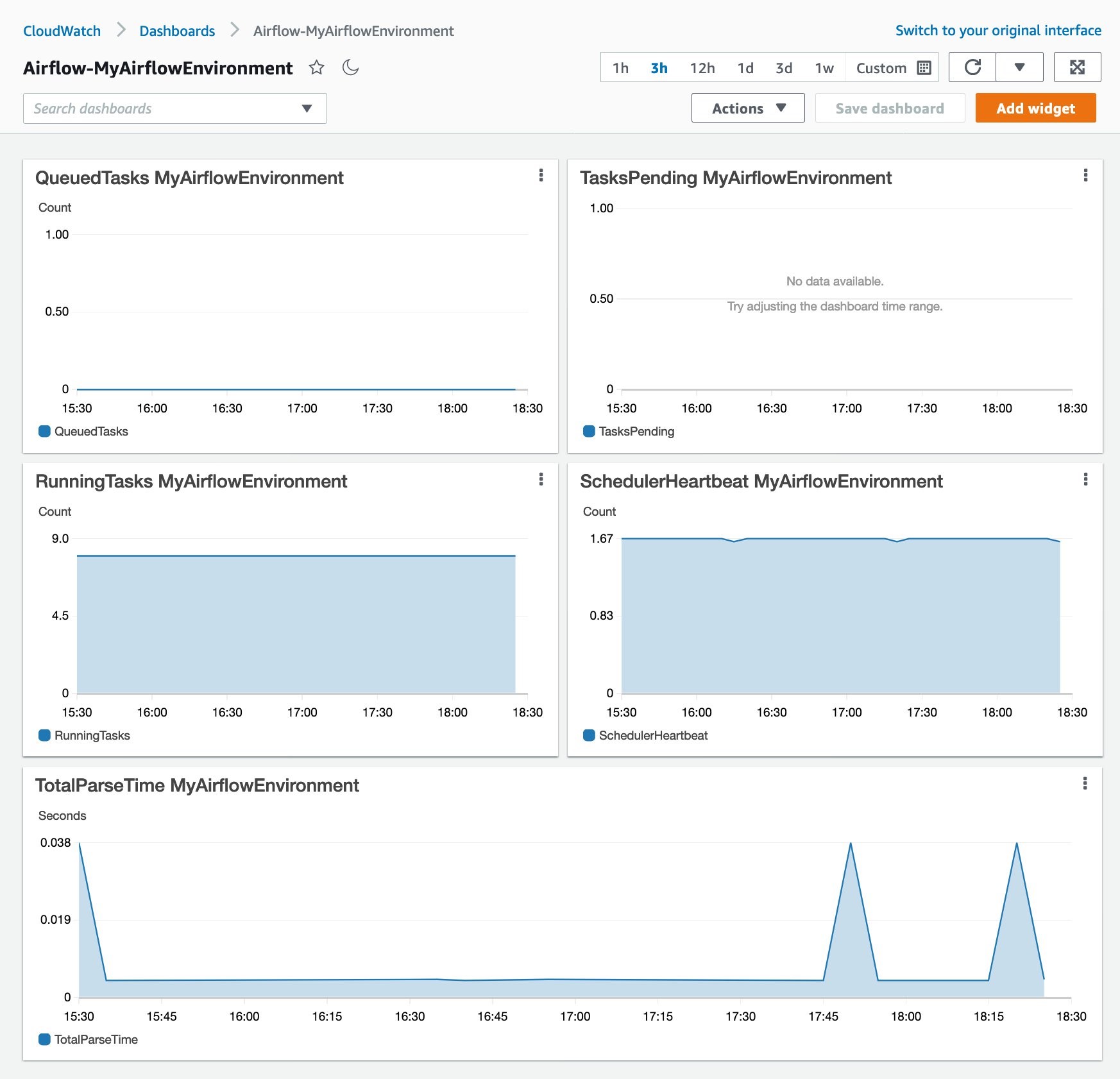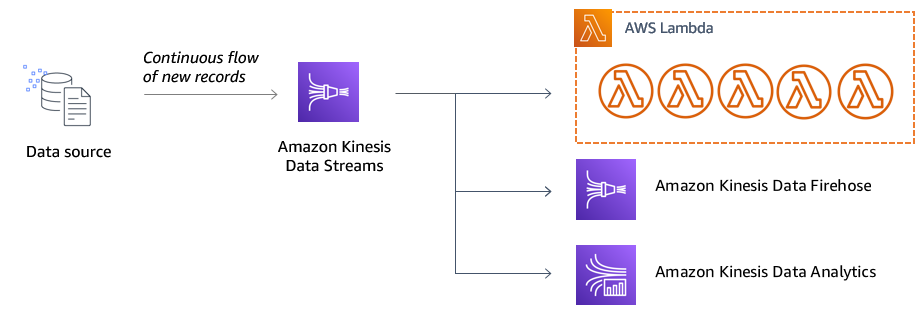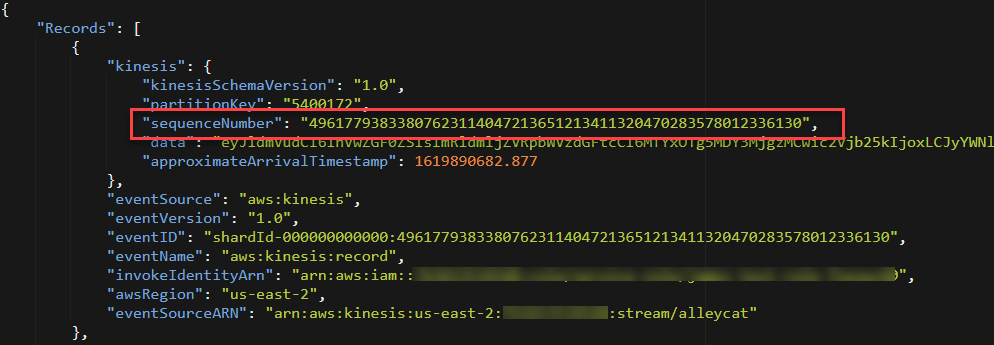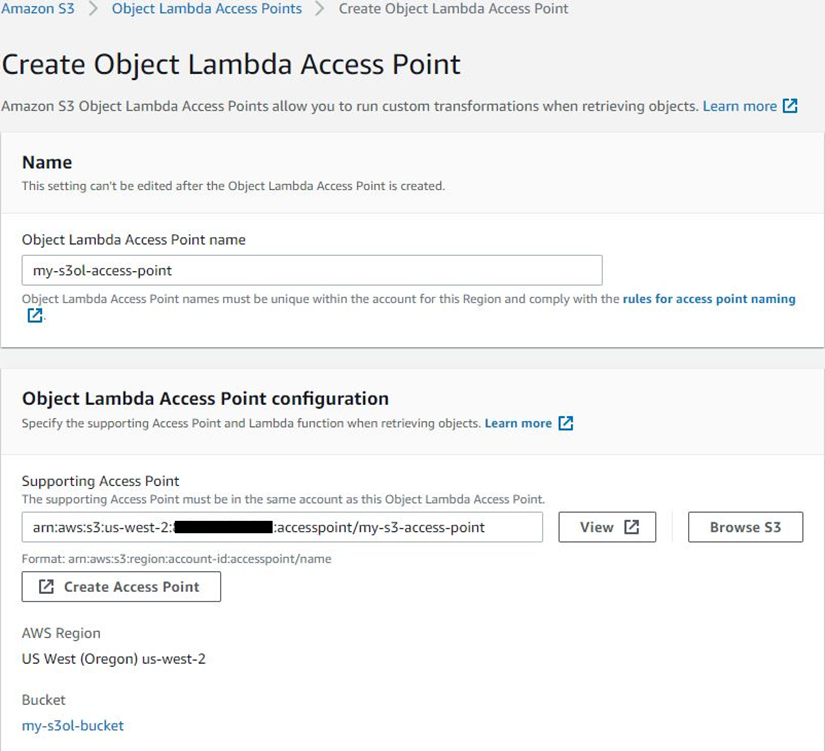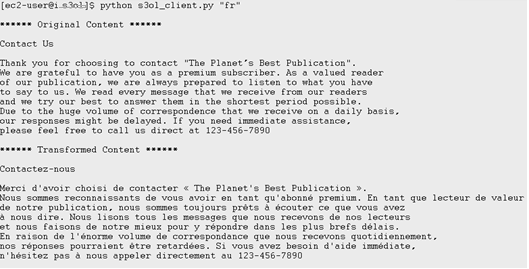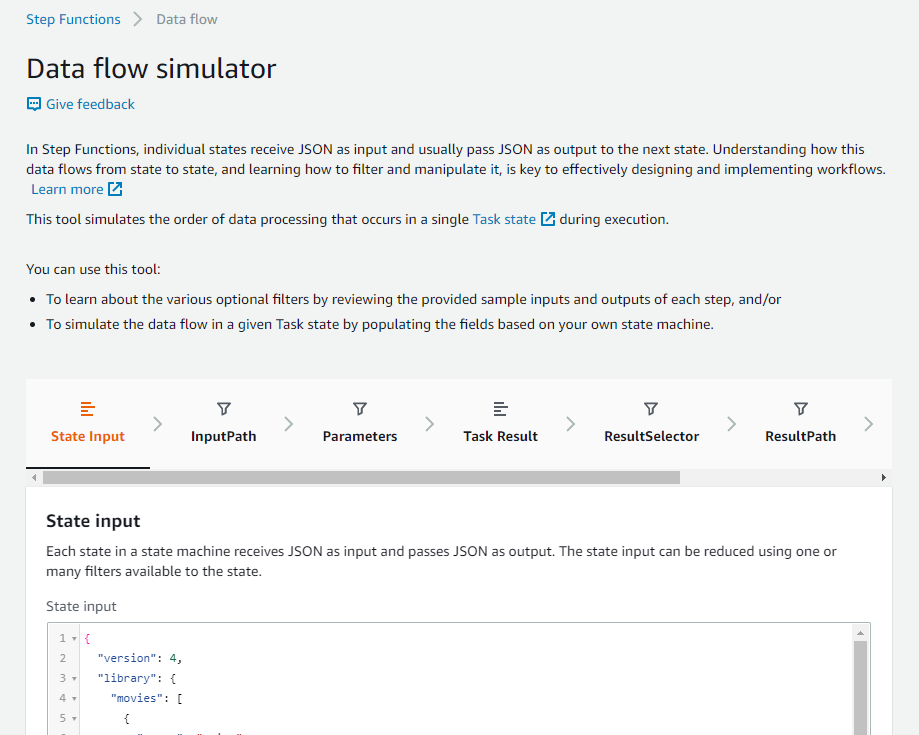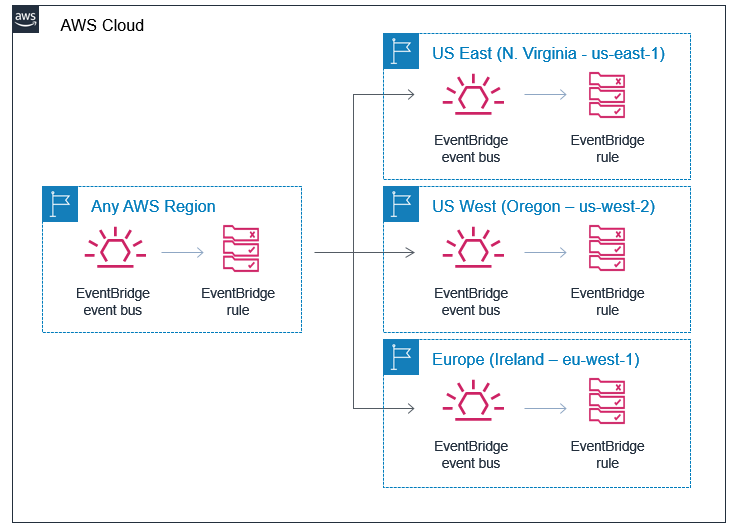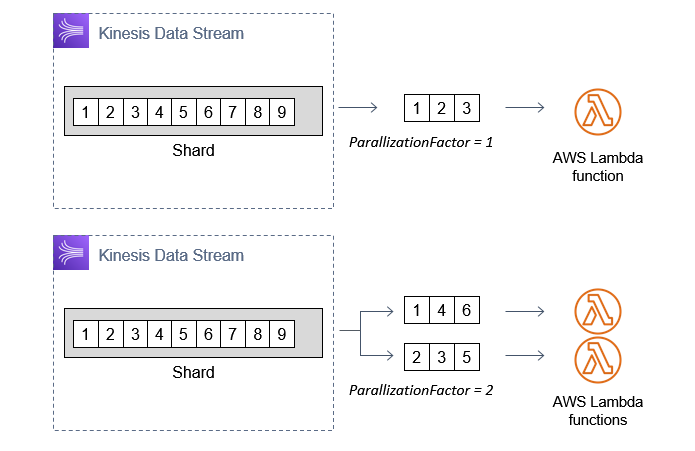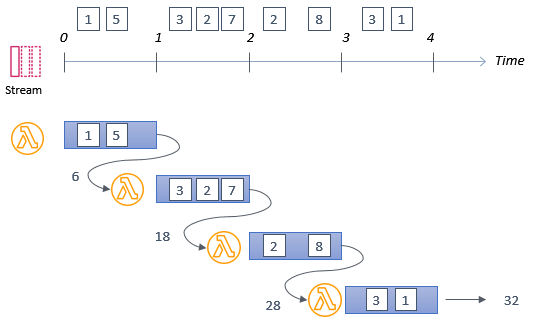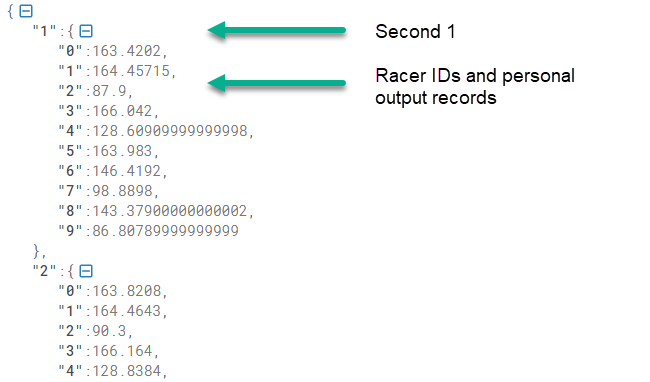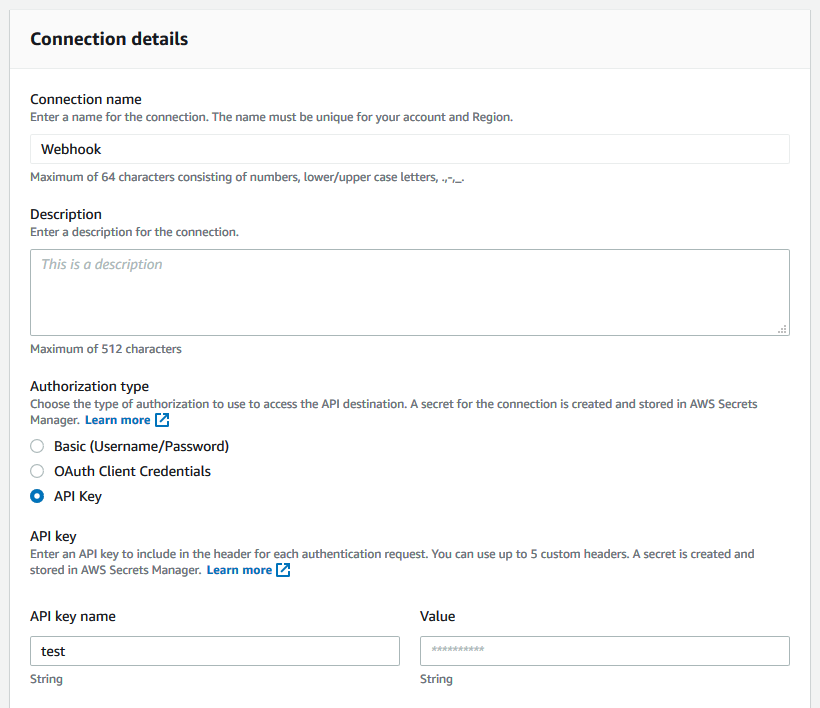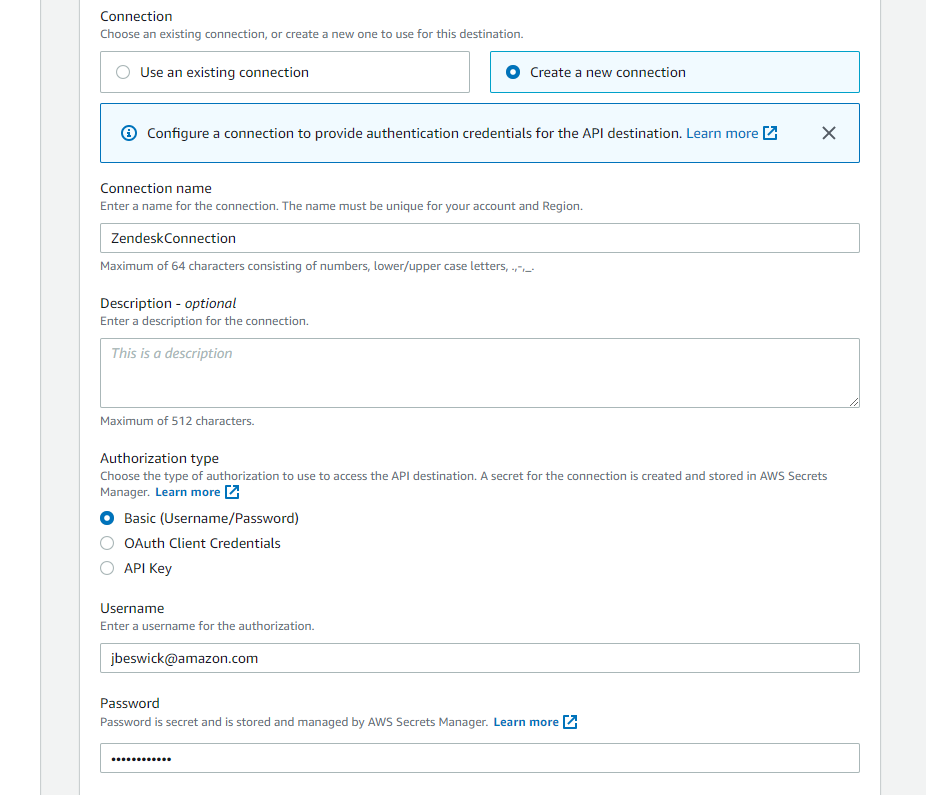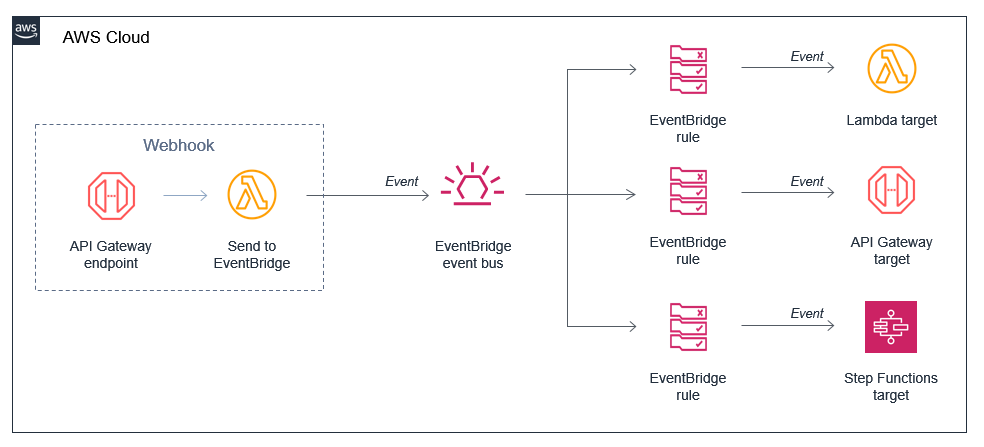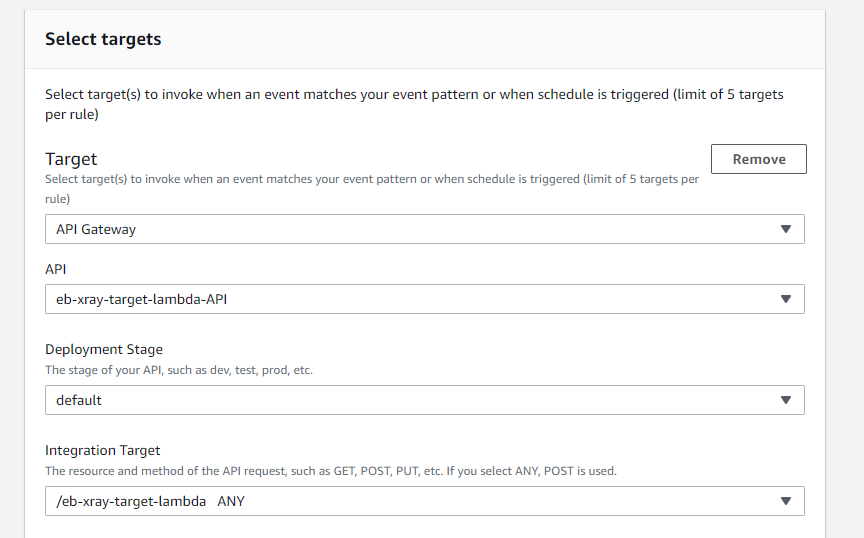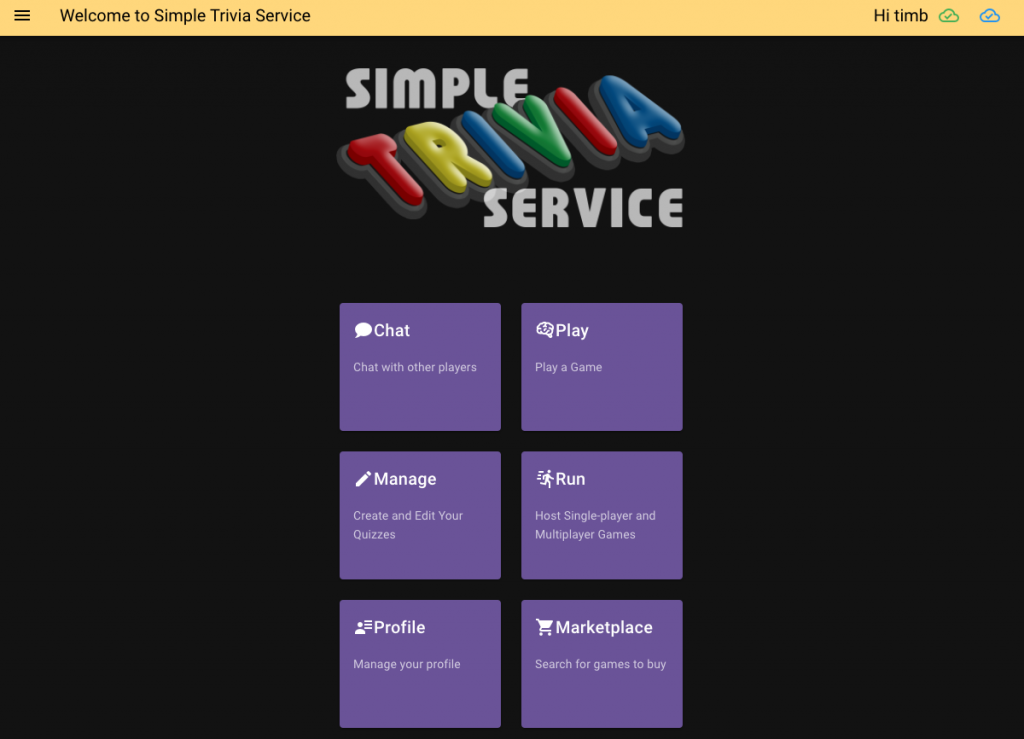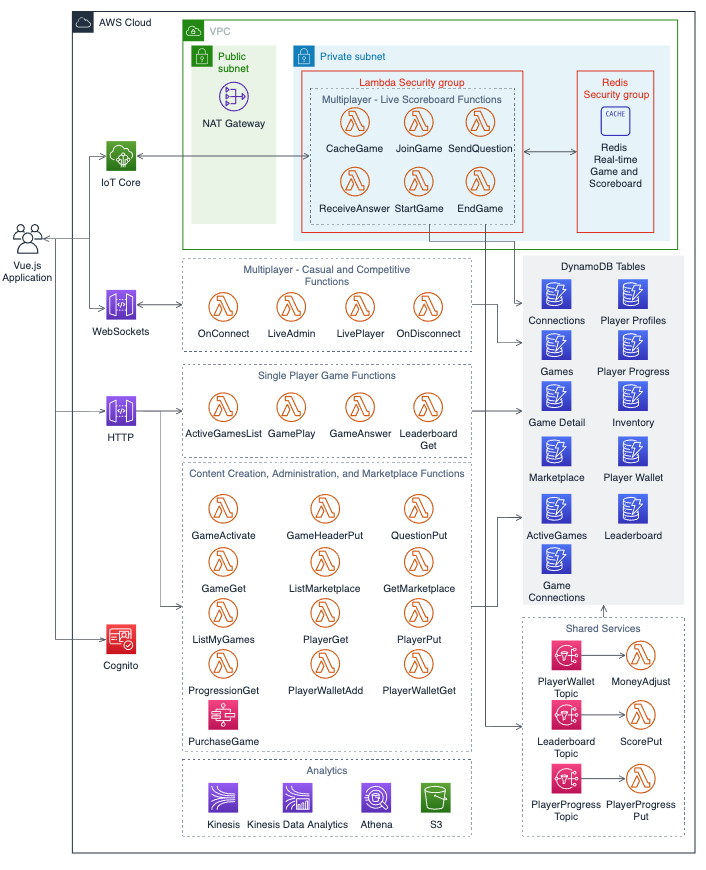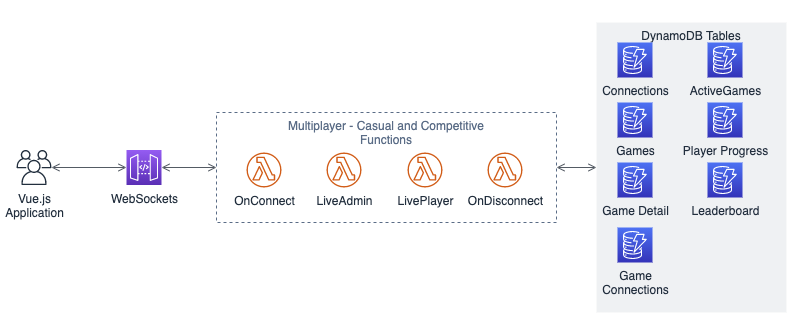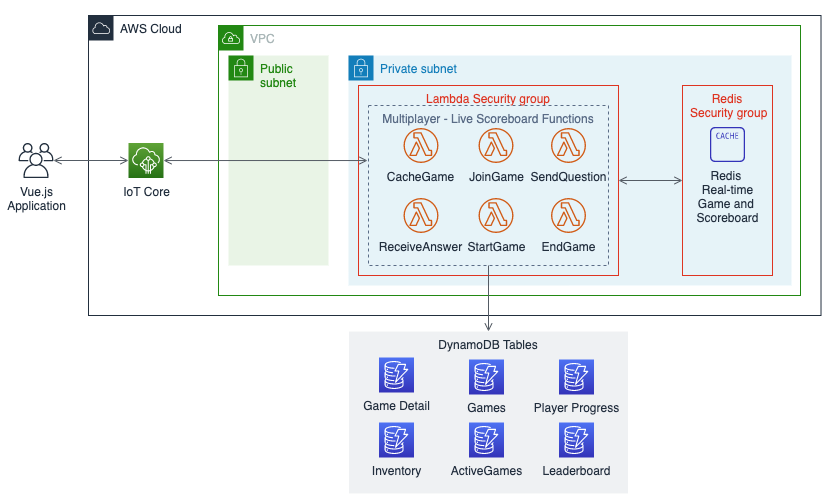Post Syndicated from James Beswick original https://aws.amazon.com/blogs/compute/adding-resiliency-to-aws-cloudformation-custom-resource-deployments/
This post is written by Dathu Patil, Solutions Architect and Naomi Joshi, Cloud Application Architect.
AWS CloudFormation custom resources allow you to write custom provisioning logic in templates. These run anytime you create, update, or delete stacks. Using AWS Lambda-backed custom resources, you can associate a Lambda function with a CloudFormation custom resource. The function is invoked whenever the custom resource is created, updated, or deleted.
When CloudFormation asynchronously invokes the function, it passes the request data, such as the request type and resource properties to the function. The customizability of Lambda functions in combination with CloudFormation allow a wide range of scenarios. For example, you can dynamically look up Amazon Machine Image (AMI) IDs during stack creation or use utilities such as string reversal functions.
Unhandled exceptions or transient errors in the custom resource Lambda function can cause your code to exit without sending a response. CloudFormation requires an HTTPS response to confirm if the operation is successful or not. An unreported exception causes CloudFormation to wait until the operation times out before starting a stack rollback.
If the exception occurs again on rollback, CloudFormation waits for a timeout exception before ending in a rollback failure. During this time, your stack is unusable. You can learn more about this and best practices by reviewing Best Practices for CloudFormation Custom Resources.
In this blog, you learn how you can use Amazon SQS and Lambda to add resiliency to your Lambda-backed CloudFormation custom resource deployments. The example shows how to use CloudFormation custom resource to look up an AMI ID dynamically during Amazon EC2 creation.
Overview
CloudFormation templates that declare an EC2 instance must also specify an AMI ID. This includes an operating system and other software and configuration information used to launch the instance. The correct AMI ID depends on the instance type and Region in which you’re launching your stack. AMI ID can change regularly, such as when an AMI is updated with software updates.
Customers often implement a CloudFormation custom resource to look up an AMI ID while creating an EC2 instance. In this example, the lookup Lambda function calls the EC2 API. It fetches the available AMI IDs, uses the latest AMI ID, and checks for a compliance tag. This implementation assumes that there are separate processes for creating AMI and running compliance checks. The process that performs compliance and security checks creates a compliance tag on a successful scan.
This solution shows how you can use SQS and Lambda to add resiliency to handle an exception. In this case, the exception occurs in the AMI lookup custom resource due to a missing compliance tag. When the AMI lookup function fails processing, it uses the Lambda destination configuration to send the request to an SQS queue. The message is reprocessed using the SQS queue and Lambda function.
- The CloudFormation custom resource asynchronously invokes the AMI lookup Lambda function to perform appropriate actions.
- The AMI lookup Lambda function calls the EC2 API to fetch the list of AMIs and checks for a compliance tag. If the tag is missing, it throws an unhandled exception.
- On failure, the Lambda destination configuration sends the request to the retry queue that is configured as a dead-letter queue (DLQ). SQS adds a custom delay between retry processing to support more than two retries.
- The retry Lambda function processes messages in the retry queue using Lambda with SQS. Lambda polls the queue and invokes the retry Lambda function synchronously with an event that contains queue messages.
- The retry function then synchronously invokes the AMI lookup function using the information from the request SQS message.
The AMI Lookup Lambda function
An AWS Serverless Application Model (AWS SAM) template is used to create the AMI lookup Lambda function. You can configure async event options such as number of retries on the Lambda function. The maximum retries allowed is 2 and there is no option to set a delay between the invocation attempts.
When a transient failure or unhandled error occurs, the request is forwarded to the retry queue. This part of the AWS SAM template creates AMI lookup Lambda function:
AMILookupLambda:
Type: AWS::Serverless::Function
Properties:
CodeUri: amilookup/
Handler: app.lambda_handler
Runtime: python3.8
Timeout: 300
EventInvokeConfig:
MaximumEventAgeInSeconds: 60
MaximumRetryAttempts: 2
DestinationConfig:
OnFailure:
Type: SQS
Destination: !GetAtt RetryQueue.Arn
Policies:
- AMIDescribePolicy: {}
This function calls the EC2 API using the boto3 AWS SDK for Python. It calls the describe_images method to get a list of images with given filter conditions. The Lambda function iterates through the AMI list and checks for compliance tags. If the tag is not present, it raises an exception:
ec2_client = boto3.client('ec2', region_name=region)
# Get AMI IDs with the specified name pattern and owner
describe_response = ec2_client.describe_images(
Filters=[{'Name': "name", 'Values': architectures},
{'Name': "tag-key", 'Values': ['ami-compliance-check']}],
Owners=["amazon"]
)
The queue and the retry Lambda function
The retry queue adds a 60-second delay before a message is available for the processing. The time delay between retry processing attempts provides time for transient errors to be corrected. This is the AWS SAM template for creating these resources:
RetryQueue:
Type: AWS::SQS::Queue
Properties:
VisibilityTimeout: 60
DelaySeconds: 60
MessageRetentionPeriod: 600
RetryFunction:
Type: AWS::Serverless::Function
Properties:
CodeUri: retry/
Handler: app.lambda_handler
Runtime: python3.8
Timeout: 60
Events:
MySQSEvent:
Type: SQS
Properties:
Queue: !GetAtt RetryQueue.Arn
BatchSize: 1
Policies:
- LambdaInvokePolicy:
FunctionName: !Ref AMILookupFunction
The retry Lambda function periodically polls for new messages in the retry queue. The function synchronously invokes the AMI lookup Lambda function. On success, a response is sent to CloudFormation. This process runs until the AMI lookup function returns a successful response or the message is deleted from the SQS queue. The deletion is based on the MessageRetentionPeriod, which is set to 600 seconds in this case.
for record in event['Records']:
body = json.loads(record['body'])
response = client.invoke(
FunctionName=body['requestContext']['functionArn'],
InvocationType='RequestResponse',
Payload=json.dumps(body['requestPayload']).encode()
)
Deployment walkthrough
Prerequisites
To get started with this solution, you need:
- AWS CLI and AWS SAM CLI installed to deploy the solution.
- An existing Amazon EC2 public image. You can choose any of the AMIs from the AWS Management Console with Architecture = X86_64 and Owner = amazon for test purposes. Note the AMI ID.
Download the source code from the resilient-cfn-custom-resource GitHub repository. The template.yaml file is an AWS SAM template. It deploys the Lambda functions, SQS, and IAM roles required for the Lambda function. It uses Python 3.8 as the runtime and assigns 128 MB of memory for the Lambda functions.
- To build and deploy this application using the AWS SAM CLI build and guided deploy:
The custom resource stack creation invokes the AMI lookup Lambda function. This fetches the AMI ID from all public EC2 images available in your account with the tag ami-compliance-check. Typically, the compliance tags are created by a process that performs security scans.
In this example, the security scan process is not running and the tag is not yet added to any AMIs. As a result, the custom resource throws an exception, which goes to the retry queue. This is retried by the retry function until it is successfully processed.
- Use the console or AWS CLI to add the tag to the chosen EC2 AMI. In this example, this is analogous to a separate governance process that checks for AMI compliance and adds the compliance tag if passed. Replace the $AMI-ID with the AMI ID captured in the prerequisites:
aws ec2 create-tags –-resources $AMI-ID --tags Key=ami-compliance-check,Value=True - After the tags are added, a response is sent successfully from the custom resource Lambda function to the CloudFormation stack. It includes your $AMI-ID and a test EC2 instance is created using that image. The stack creation completes successfully with all resources deployed.
Conclusion
This blog post demonstrates how to use SQS and Lambda to add resiliency to CloudFormation custom resources deployments. This solution can be customized for use cases where CloudFormation stacks have a dependency on a custom resource.
CloudFormation custom resource failures can happen due to unhandled exceptions. These are caused by issues with a dependent component, internal service, or transient system errors. Using this solution, you can handle the failures automatically without the need for manual intervention. To get started, download the code from the GitHub repo and start customizing.
For more serverless learning resources, visit Serverless Land.

